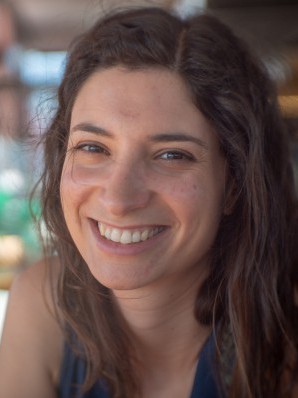abstract
A wide range of ionic liquids (ILs), containing a diverse set of cations, anions and alkyl chain lengths, was screened for their antimicrobial activity toward four microorganisms, Escherichia coli CCT-0355, Staphylococcus aureus ATCC-6533, Fusarium sp. LM03 and Candida albicans ATCC-76645. For that purpose an adaptation of the Agar Diffusion test was validated and successfully applied as a rapid screen method to identify toxic ILs, avoiding the use of more complex and expensive techniques. The effects of the cation alkyl chain length were studied, being observed both the "alkyl side chain" effect (increase in antimicrobial activity with the elongation of the alkyl chain) and "cut-off" effect (beyond a given chain length, the toxicity cannot be increased any further). lmidazolium-based ILs have in general, negative effects on the growth of these microorganisms dependent on the anion and alkyl chain length (growth inhibition halo from 1.98 +/- 0.04 mm for [C(2)mim]Cl to 39.53 +/- 0.81 mm for [C(10)mim]Cl). On the opposite, the phosphonium-based ILs do not seem to have negative effects for the longest alkyl chains (growth inhibition halos between 0.00 +/- 0.00 and 7.30 +/- 0.42 mm). It was also observed that the alkyl chain, cation family, and anion moiety all have significant effects on the antimicrobial activity these effects being well correlated with the lipophilicity of the ILs tested. The results also show that the microorganisms responses to the diverse ILs tested are dependent on their morphologic differences. (c) 2012 Elsevier Inc. All rights reserved.
keywords
ANTIMICROBIAL ACTIVITIES; PARTITION-COEFFICIENTS; ORGANIC-MATTER; IMIDAZOLIUM; LIPOPHILICITY
subject category
Environmental Sciences & Ecology; Toxicology
authors
Ventura, SPM; de Barros, RLF; Sintra, T; Soares, CMF; Lima, AS; Coutinho, JAP
our authors
Projects
acknowledgements
This work was financed by national funding from Fundacao para a Ciencia e a Tecnologia (FCT) through the project Pest-C/CTM/LA0011/2011 and PTDC/AAC-AMB/119172/2010. The authors also acknowledge FCT for the Post-doctoral grant SFRH/BDP/79263/2011 of S.P.M. Ventura. The authors are grateful for the financial support from FAPITEC for the grant of Rafael LF. de Barros.




